The Hanhart 417 ES 1954 Flyback Panda and Reverse Panda (Live Pics & Price)
Two sizes, new two-tone dials and a column-wheel flyback chronograph inside.
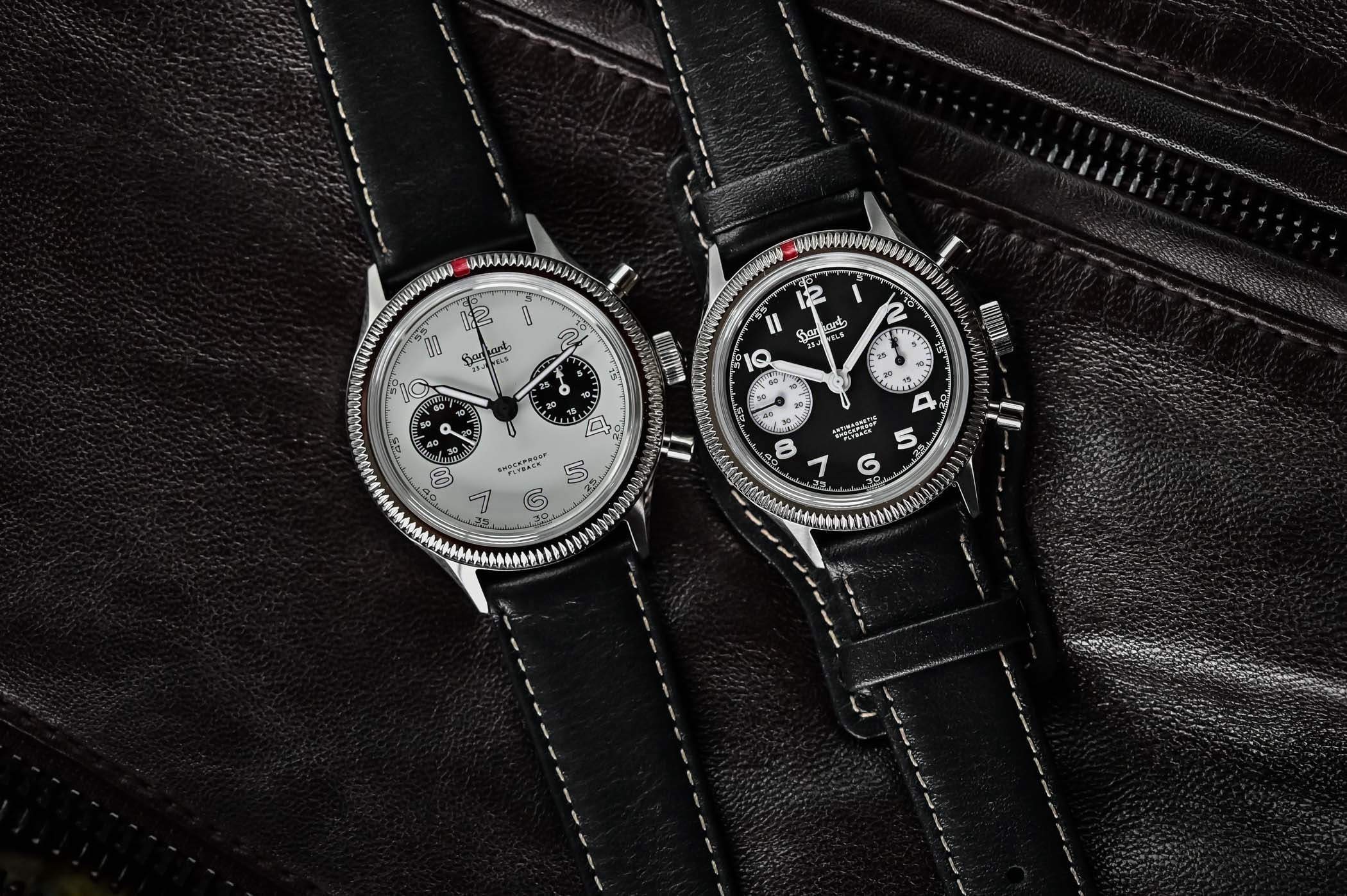
The past 2 or 3 years have been rather interesting for Hanhart. The brand, which specializes in Flieger chronographs and anything aviation-related watches, was already quite popular but the recent introduction of the 417 ES watch, a re-edition of an important vintage watch, only increased our interest in the brand. And for good reasons… Well-designed, well-built, historically accurate and very well priced, there’s a lot to love in this watch. Already available in two sizes, the brand is only about to add to the desirability of this collection. And I’m not talking about the cool new two-tone dials, but about what’s ticking inside the case. Let’s talk about the new Hanhart 417 ES 1954 Flyback Panda and Reverse Panda.
Background
Let’s first talk a bit about history… Although manufacturing takes place in Germany, Hanhart was initially founded in Diessenhofen, Switzerland by watchmaker Johann A. Hanhart in 1882. The manufactory relocated to Schwenningen in southern Germany in 1902 and in 1924 Hanhart introduced its first stopwatch. The brand quickly specialised in this field, and by the time Europe entered the war, Hanhart started to deliver purpose-built wrist chronographs for military forces.
In the mid-1950s, Hanhart built the first pilot’s chronograph for the German armed forces based on three criteria: robustness, reliability and readability. The result of these requirements gave birth to the watch known as the 417, available in chrome-plated brass (417) and stainless steel (417 ES, for Edelstahl, German for stainless steel). Hanhart supplied the German armed forces with this chronograph – the so-called Bundeswehrchronograph – for almost ten years. The original Hanhart 417 ES, a watch measuring 39mm in diameter, had all the classic attributes of Flieger chronographs and Hanhart stopwatches, with the signature continuously rotatable fluted bezel with a red marking. A noticeable evolution compared to the WWII-era timepieces is that the 417 ES was equipped with pencil-shaped hands in place of cathedral hands. These were powered by the brand’s in-house calibre 42, a hand-wound flyback column-wheel, two-pusher chronograph movement with 17 jewels.
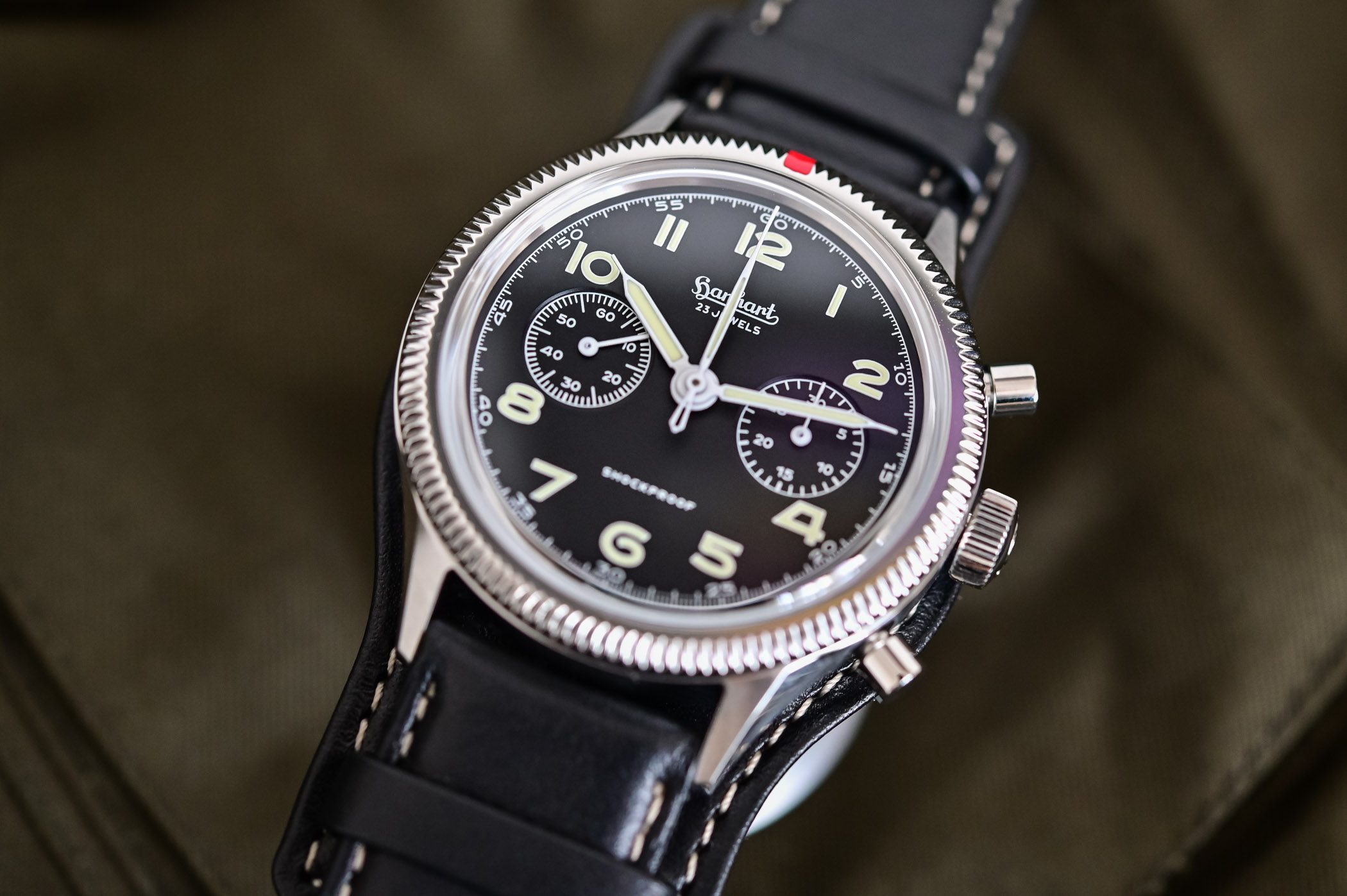
Fast forward to 2020… Hanhart is still operating and still produces watches that perfectly match the original brand concepts of reliability, durability and heavy pilot-watch inspiration. And it releases this watch, a modernized re-edition of the original 417 ES, with a 42mm case, a dial that mimics the vintage watch and a modern Sellita hand-wound movement inside (a classic chronograph, without flyback). A great watch, at a great price, with great looks… And an even more attractive 39mm edition of the 417 ES followed earlier this year.
The new Panda Hanhart 417 ES 1954 Flyback
At first sight, this new pair of Hanhart 417 ES Chronographs appears to be just a new set of dials, with panda and reverse panda schemes. Well, it isn’t entirely wrong, but with these new releases, there’s actually far more than meets the eye. What we’re talking about is a new collection of four models – each dial is available in a 39mm and a 42mm case – with some minor differences depending on the size and the style of the dial.
Let’s first look back at what we already know. As with all previous 417 ES watches, these new panda and reverse panda watches are directly modelled after the historic 1950s chronographs. This means a case that is nicely shaped, full of vintage details, yet with modernity on many aspects. The stainless steel – or Edelstahl if you prefer to be accurate – case has a brushed central container, with lovely polished bevels on the side of the lugs. The same contrasting finishing is used for the oversized crown and the pump pushers – the latter have a symmetrical layout, which isn’t the norm at Hanhart.
The all-important signature bezel of Hanhart is, of course, present. It has a polished surface and fluted texture, features a red insert to mark the zero and, as expected, it doesn’t feature clicks but is continuously rotatable – with a satisfyingly smooth motion. The caseback is screwed, resulting in a comfortable 100m water-resistance, and the watch is topped by a domed, anti-reflective sapphire crystal. And yes, there are two dimensions – 39mm and 42mm – which are otherwise entirely identical (minus one detail on the back… more later), with a height of 13.5mm. Lug-to-lug is respectively 46.5mm and 49mm.
Let’s talk about one of the two main novelties in this collection… the dials. Two options will be offered to you (4 technically, with a small difference between the 42mm and 39mm version – the antimagnetic mention), either with a panda style – white dial with black counters – or a reverse panda option – black dial with white counters. Both have the traditional bi-compax layout, luminous pencil hands in a contrasting colour, vintage fonts and logos all around and large luminous Arabic markers. One major difference that adds even more appeal to the reverse panda model… the sub-counters are also treated with Super-LumiNova, meaning that they shine at night.
All models are delivered standard on a 2-piece black calfskin strap, with white stitching. An additional Bund-style plaque (which can be removed easily, if you want a more subtle look) is also included, and the inner face of the straps is made of Alcantara – these might be some of the most comfortable leather straps I’ve seen recently. A signed steel pin buckle finishes the look.
And let’s now talk about the big news… The movement. Indeed, as you might have guessed by the name, the new Hanhart 417 ES 1954 Flyback collection has a new movement, with a retour en vol or flyback function, just like the original watches of the 1950s – a function that allows a reset/restart of the chronograph sequence by just a push of the button at 4 o’clock. And there’s more. First of all, you’ll notice a difference between the 39mm and its antimagnetic solid steel back and the 42mm version, which has a sapphire caseback revealing the movement (explaining the difference between the dials).
Then, the movement inside has some arguments too. It’s no more a classic hand-wound Valjoux-based engine with cam-lever architecture. The new calibre, still produced by Sellita, now has a column-wheel to control all chronograph functions, and the additional flyback feature. It’s still derived from the 7750 but shows drastic evolution, including an elongated power reserve of 58 hours. When the back is sapphire, you can see the blue column-wheel as well as the top bridge with Geneva stripes.
Availability & Price
The new Hanhart 417 ES 1954 Flyback Panda and Reverse Panda, in 39mm and 42mm, are now available for orders directly from Hanhart’s website, as well as retailers. They are part of the permanent collection and aren’t limited. All 4 editions are priced at EUR 2,390 (incl. taxes), which represents a real value proposition considering the heritage of the model, the overall built quality and the new movement inside. In my books, there’s really not much to complain about with these new 417 ES 1954 Flyback watches. Well done Hanhart!
For more details and orders, please visit www.hanhart.com.


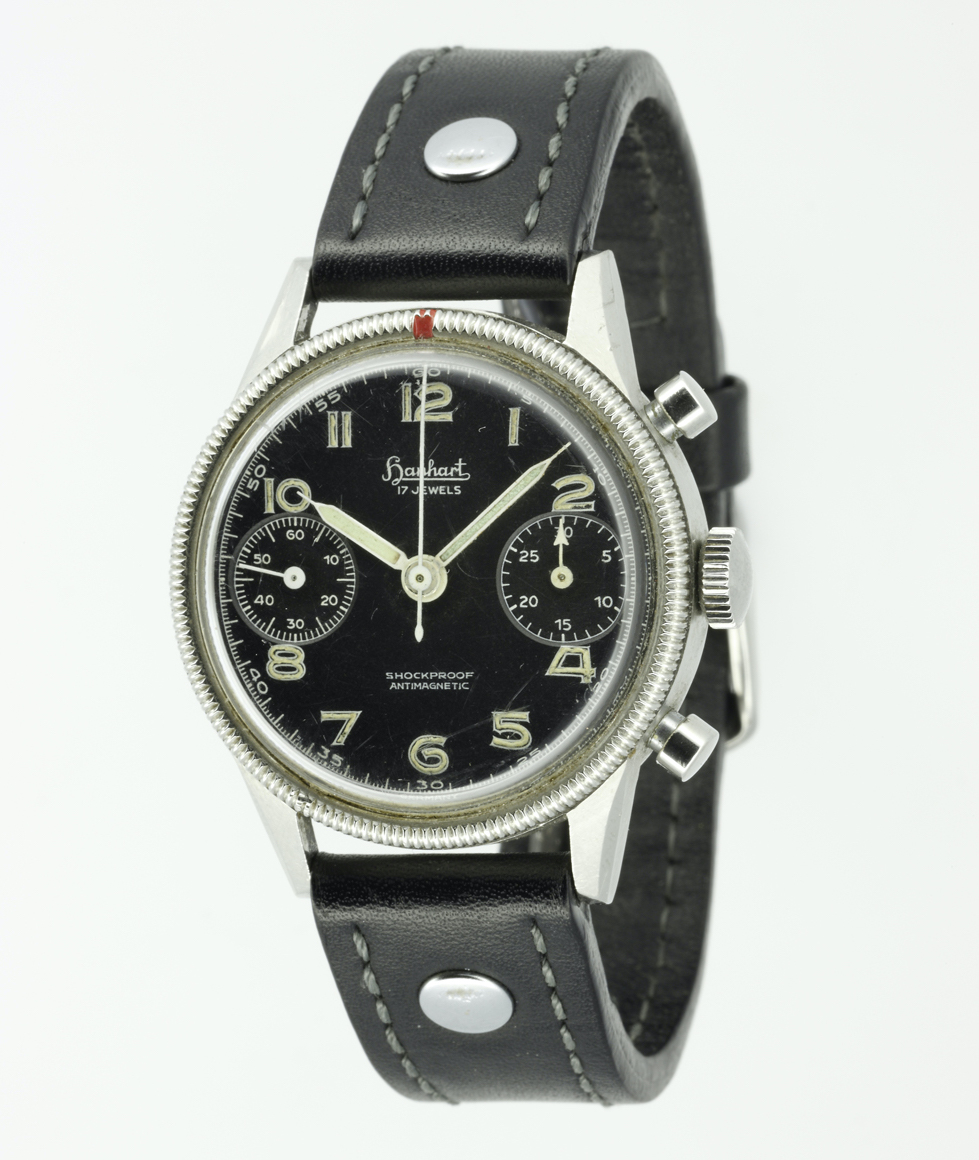
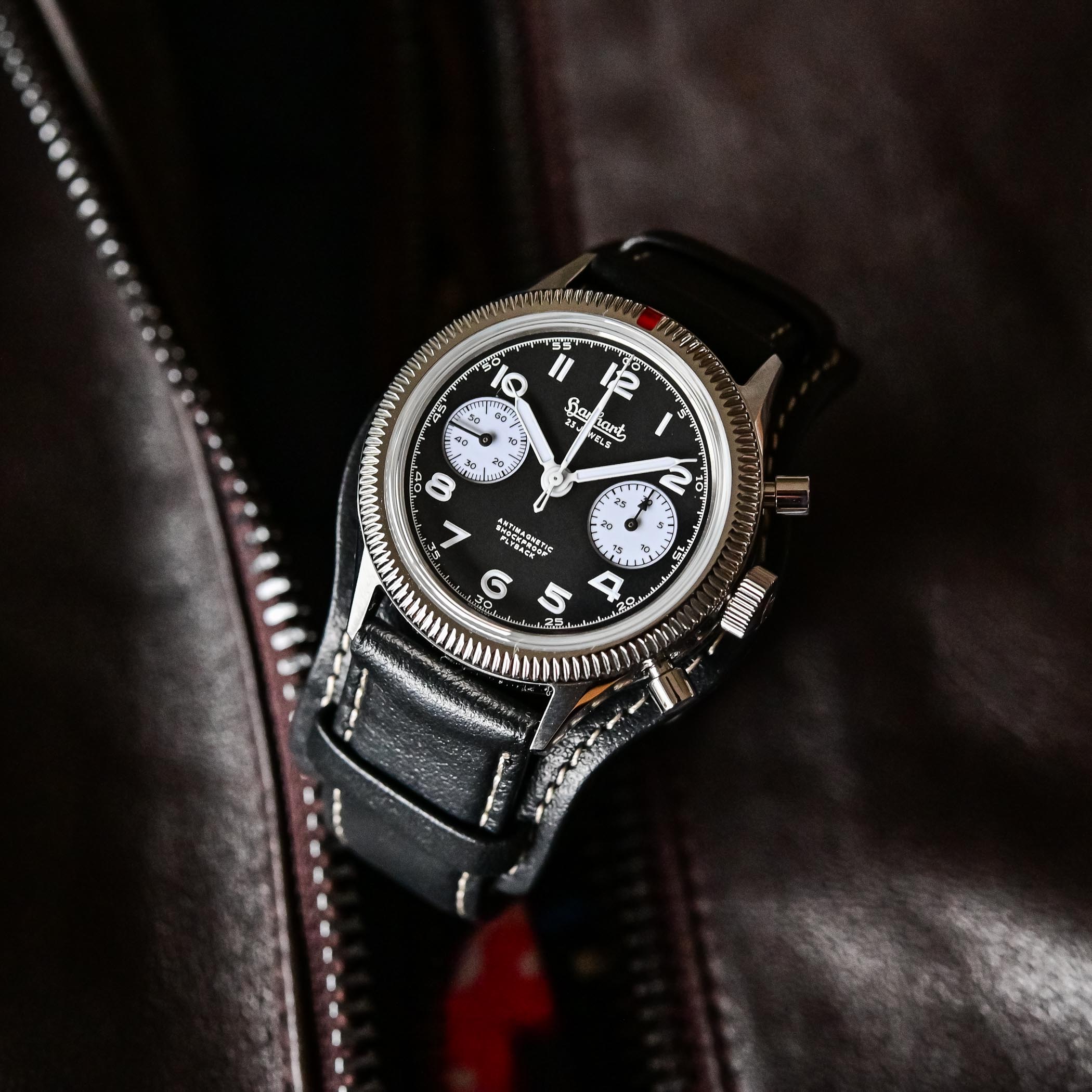
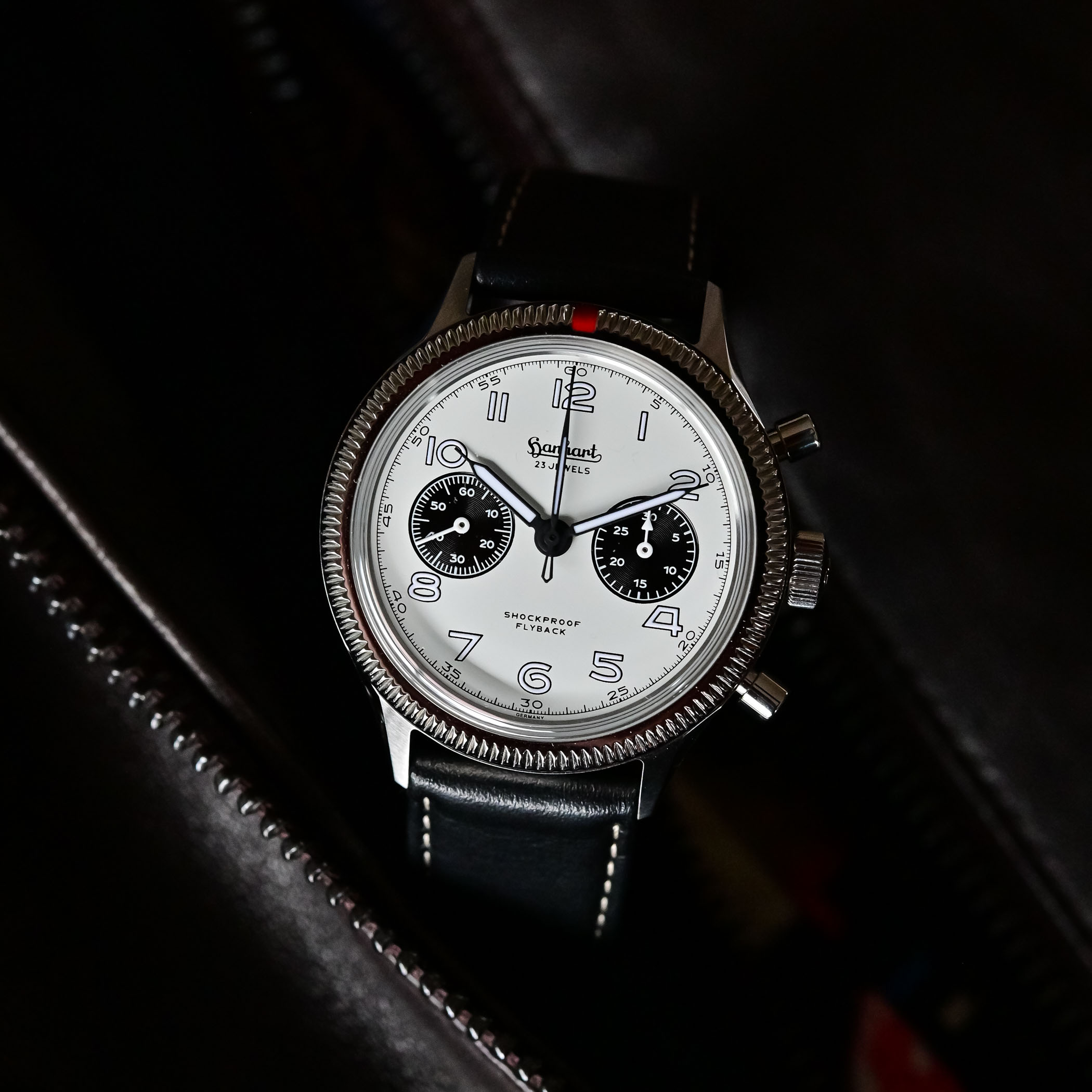

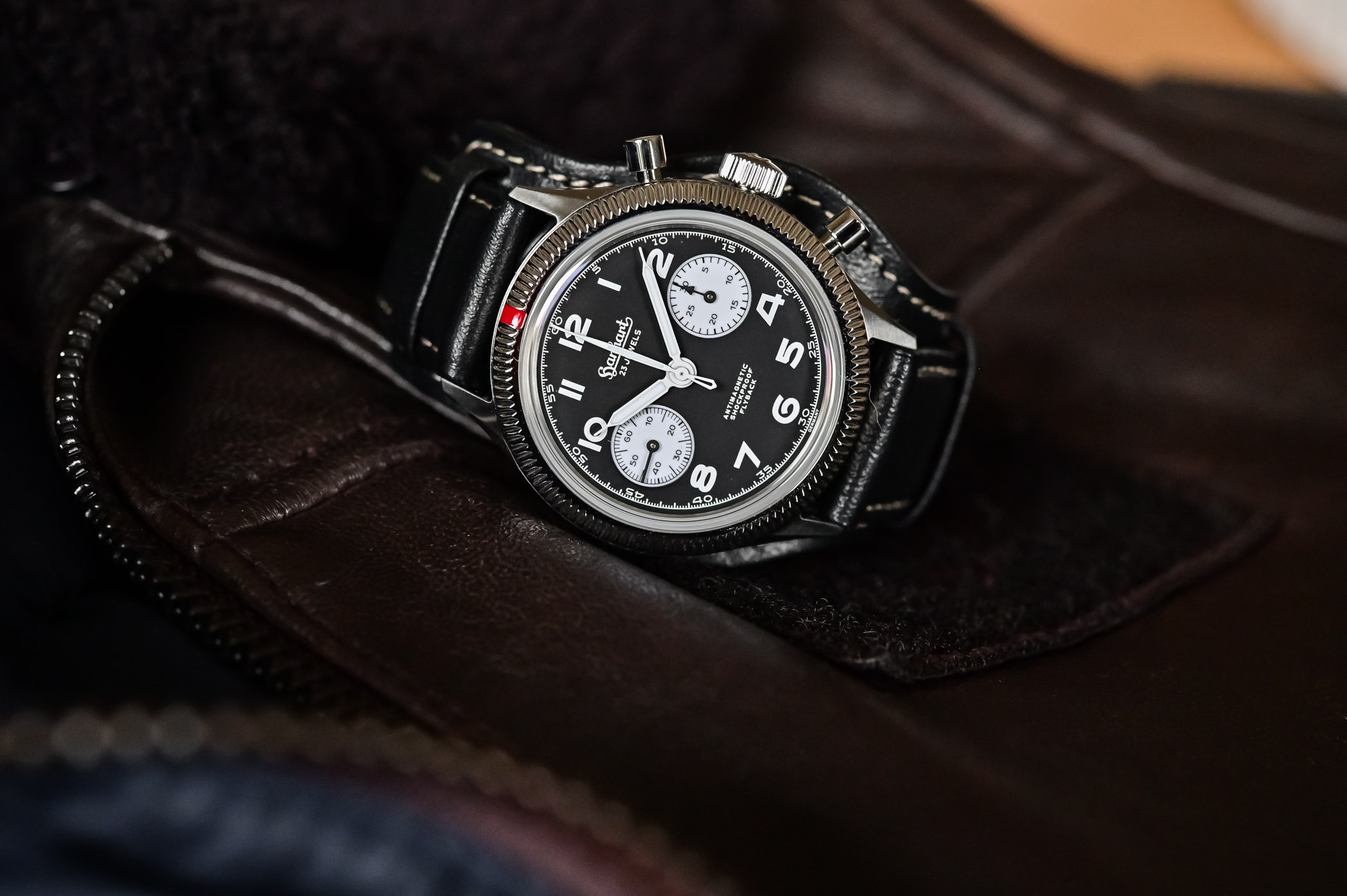

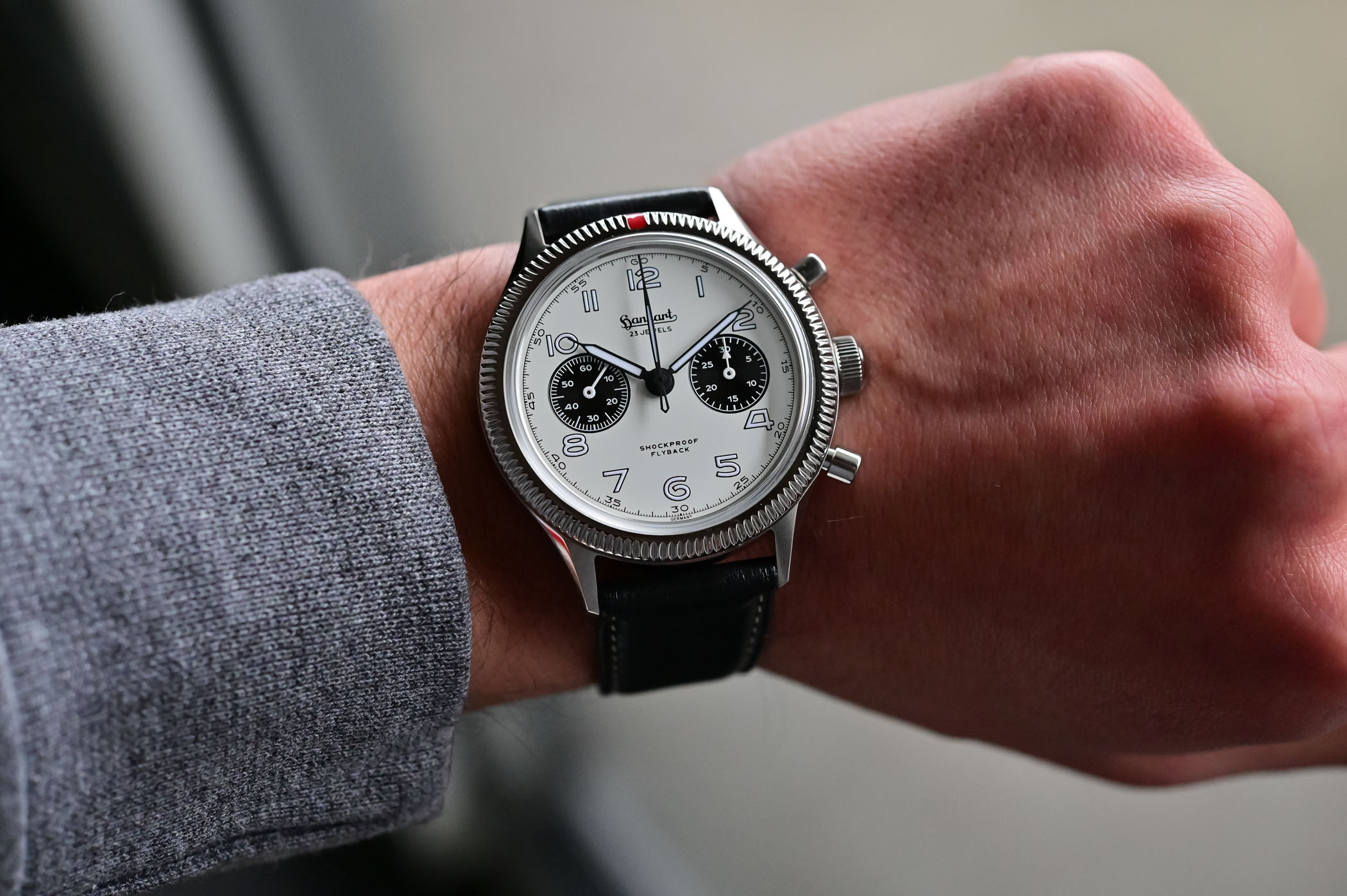
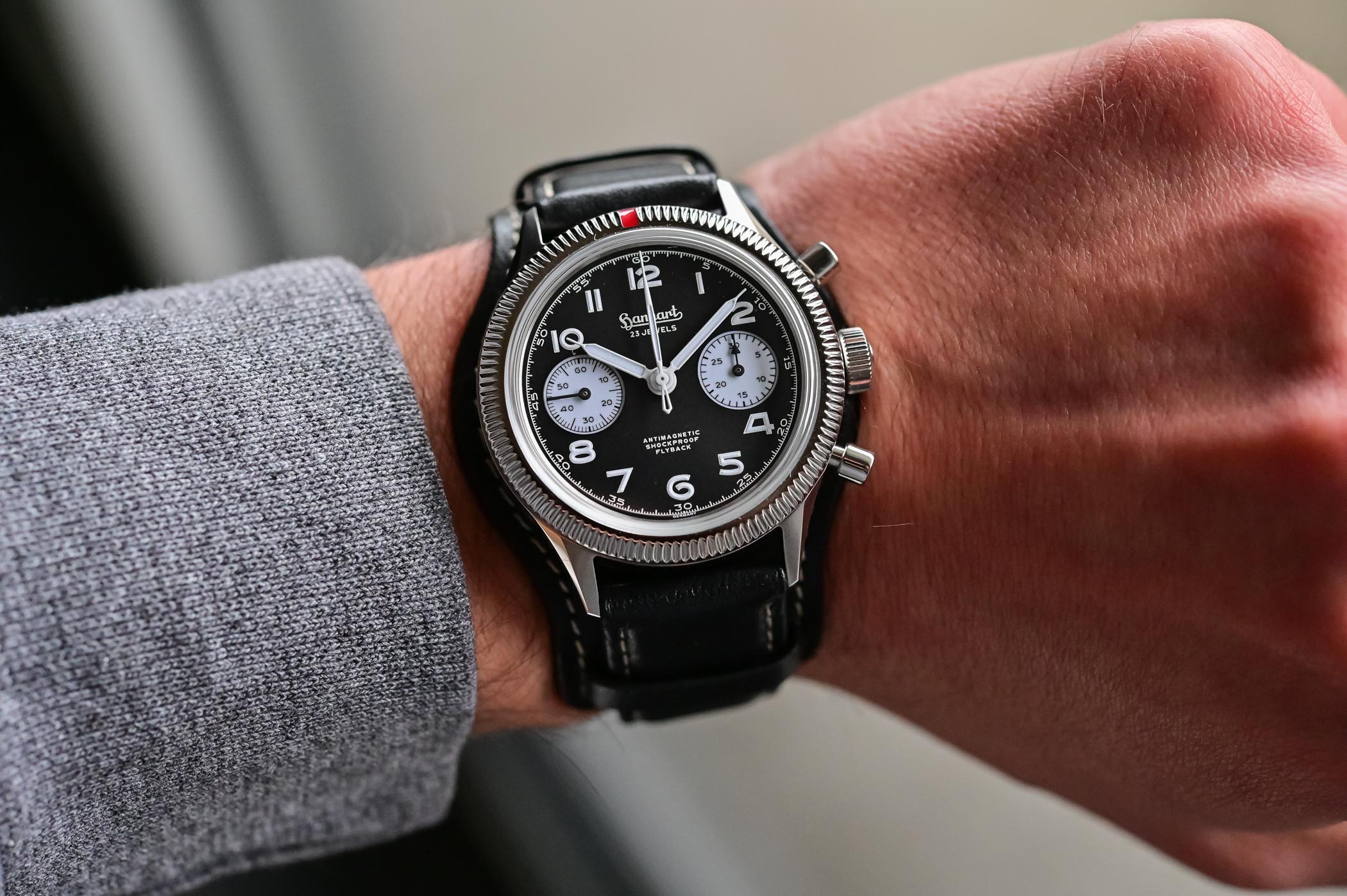
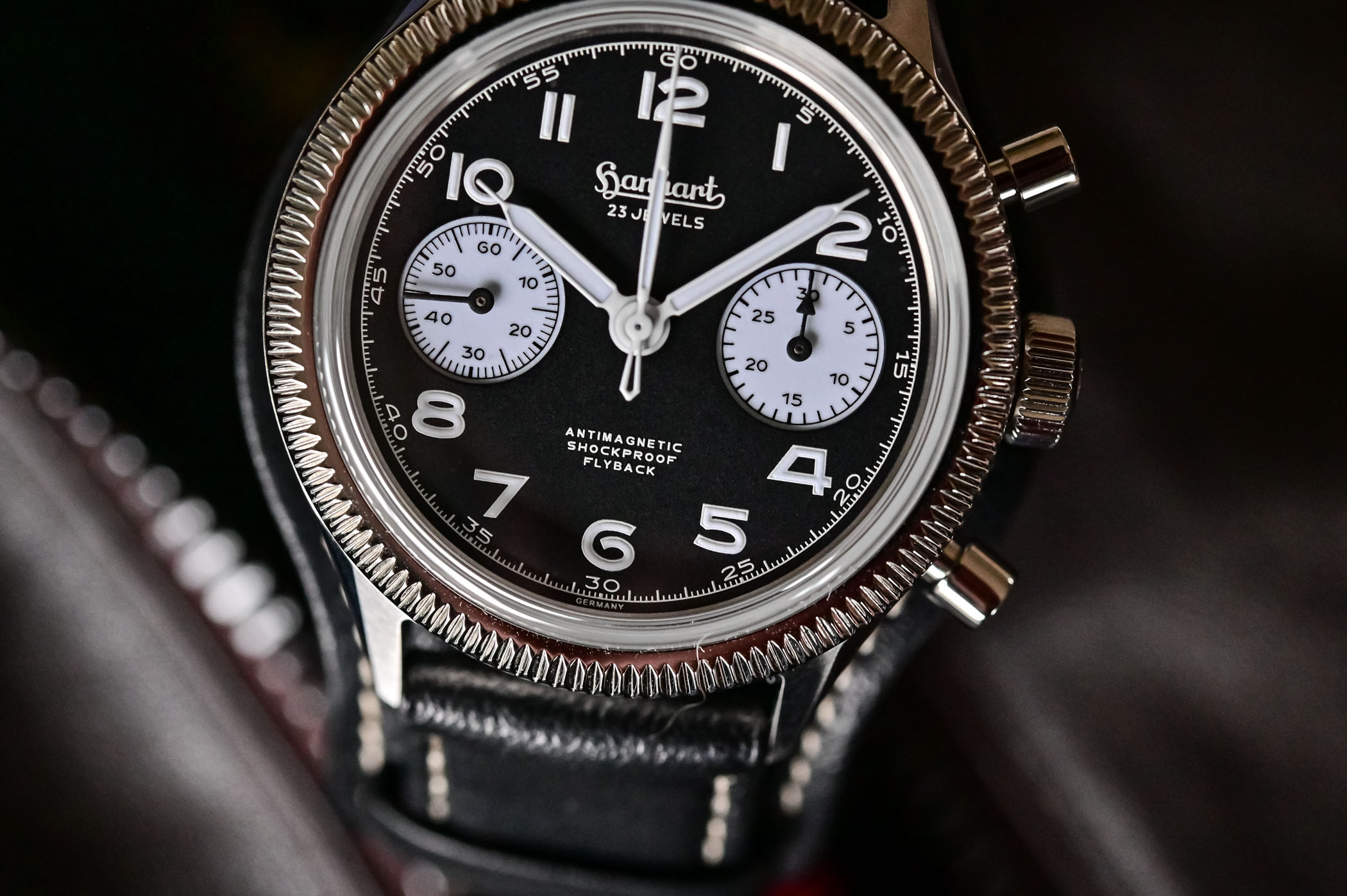
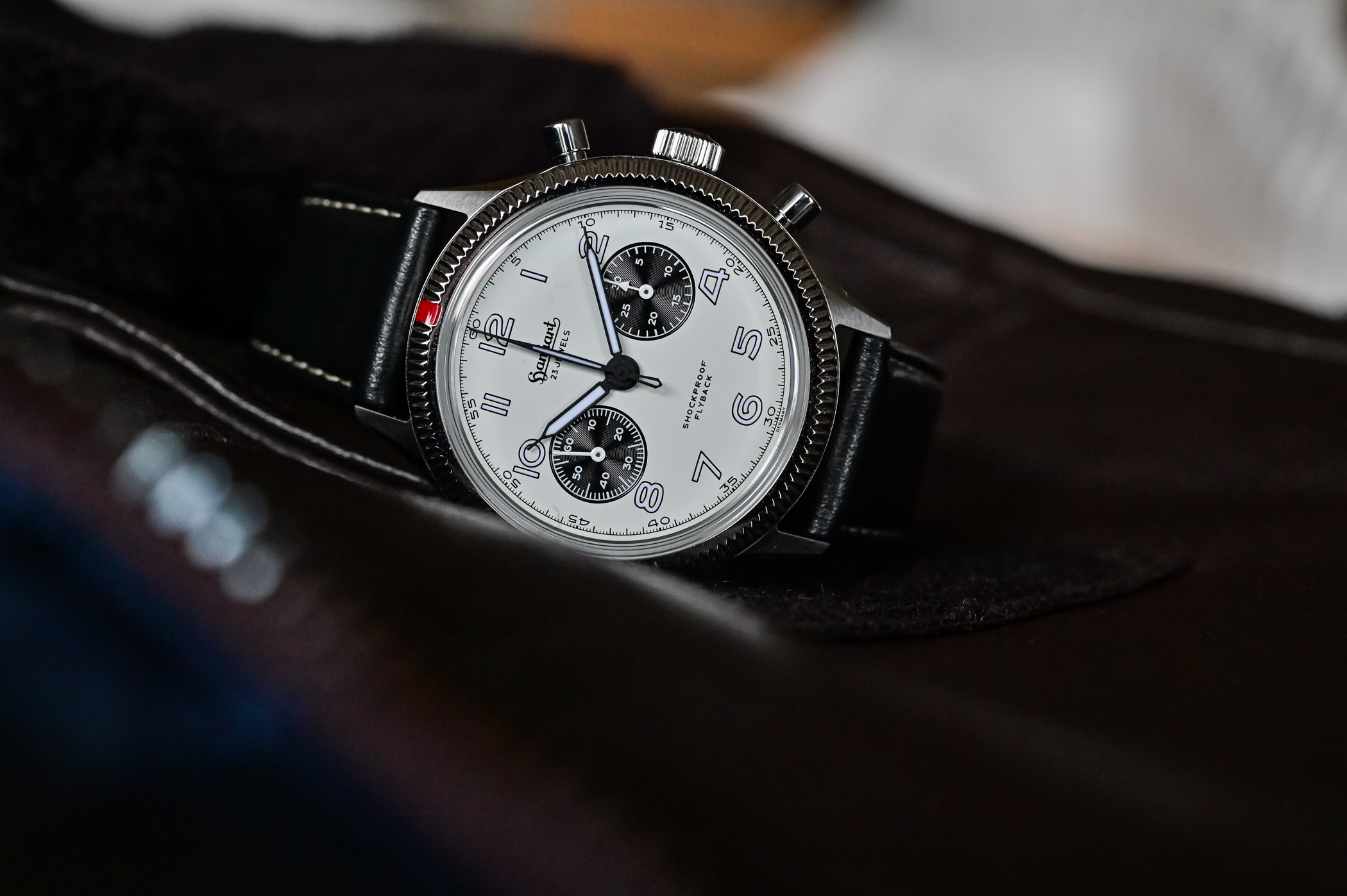
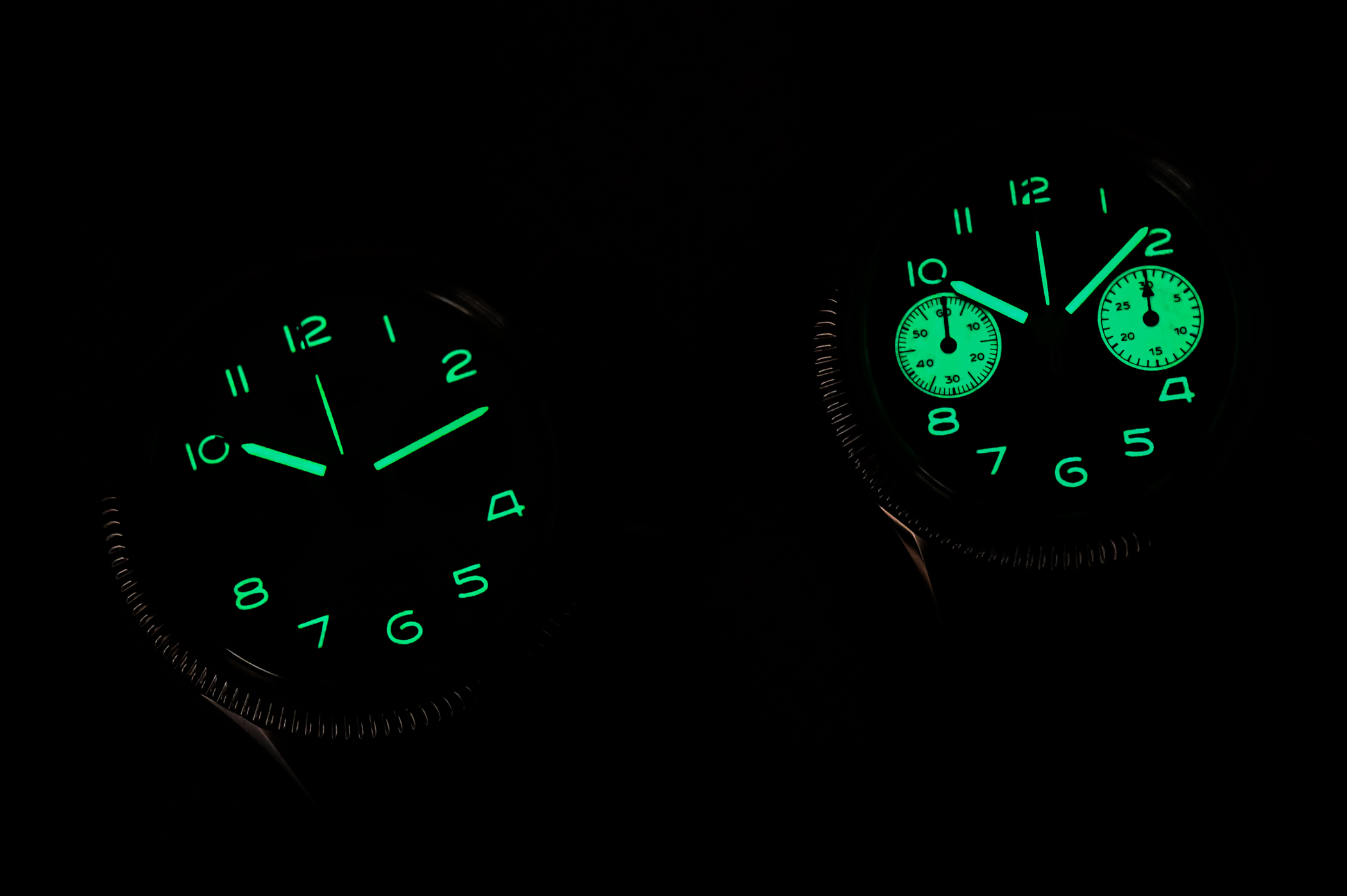

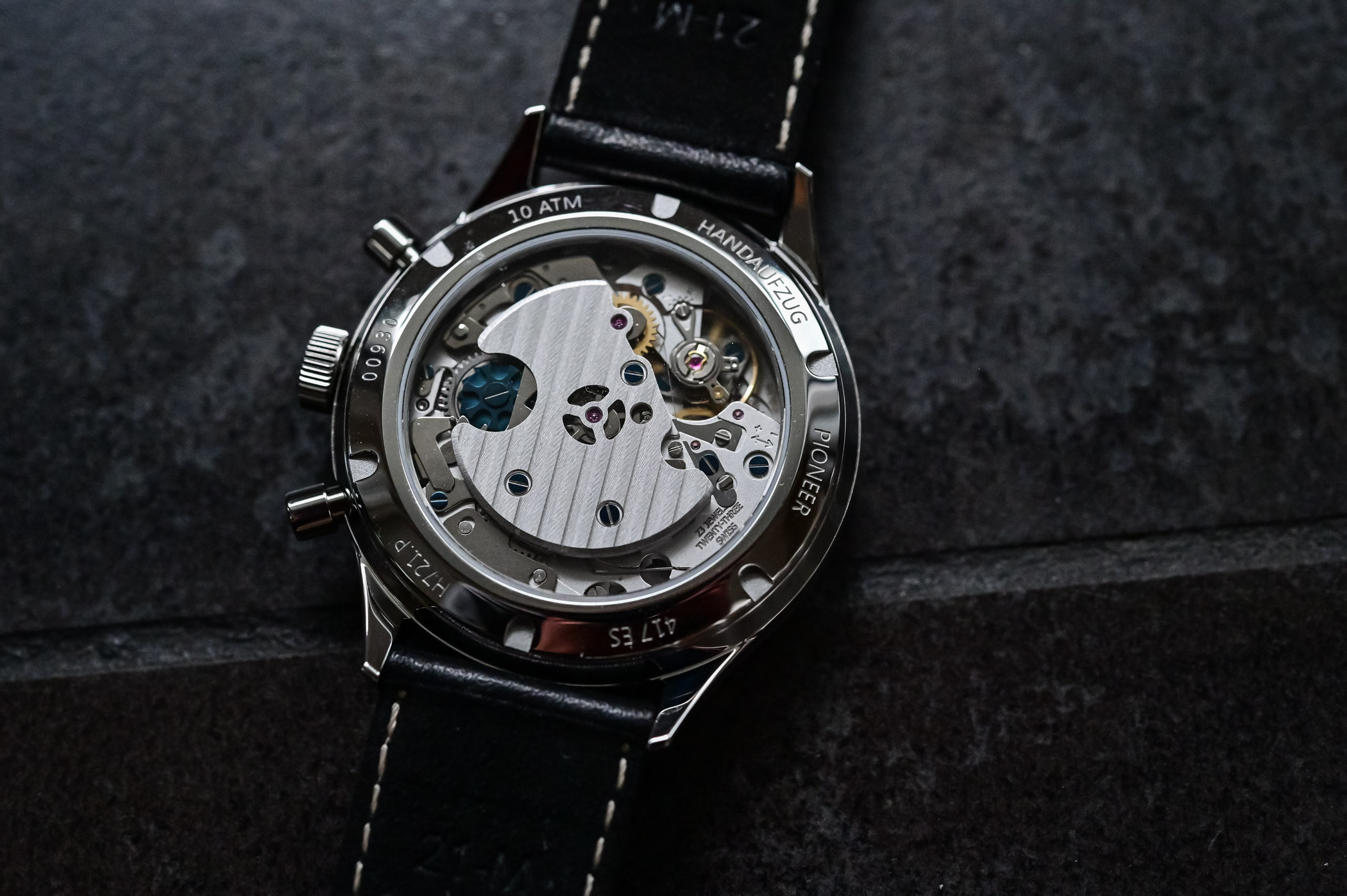
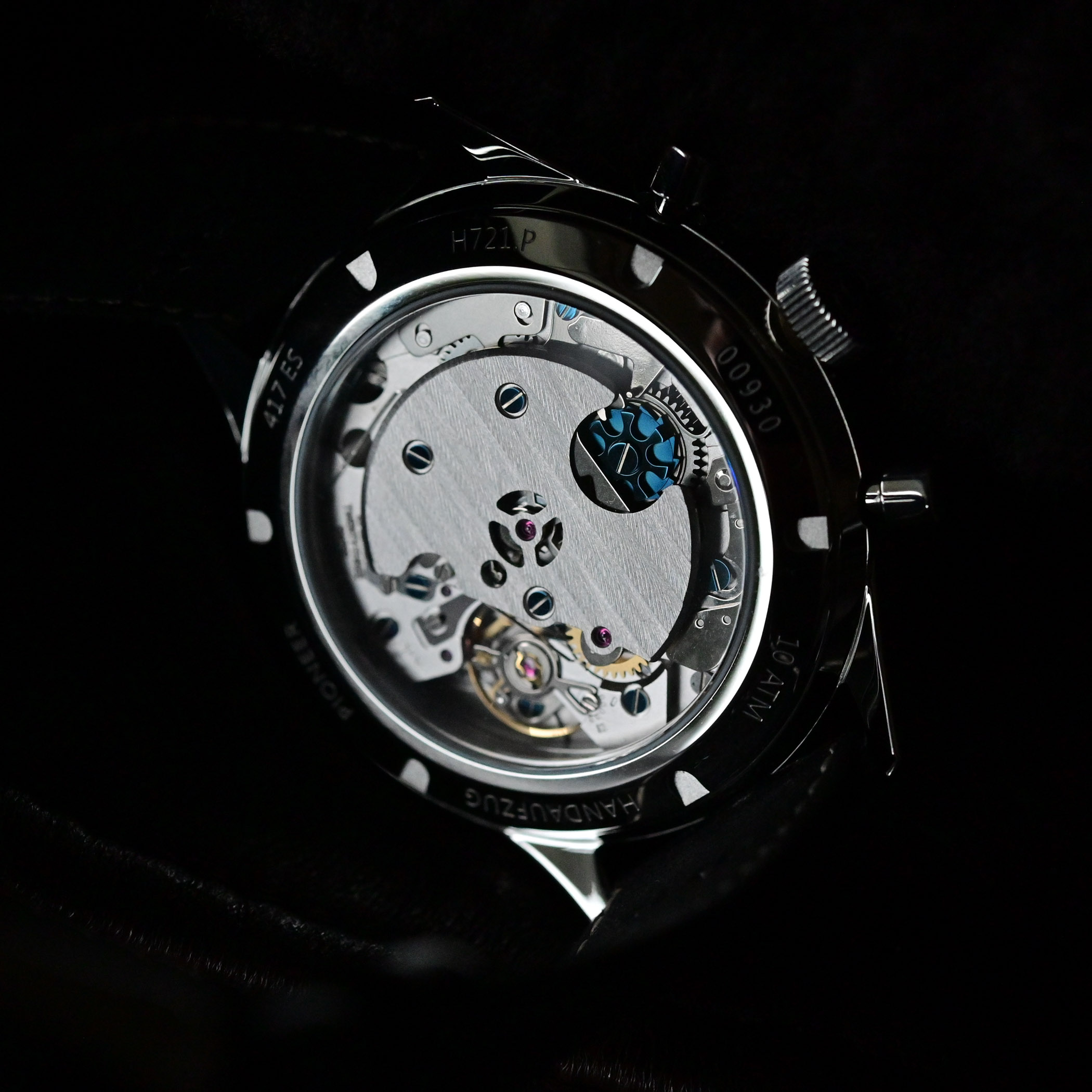
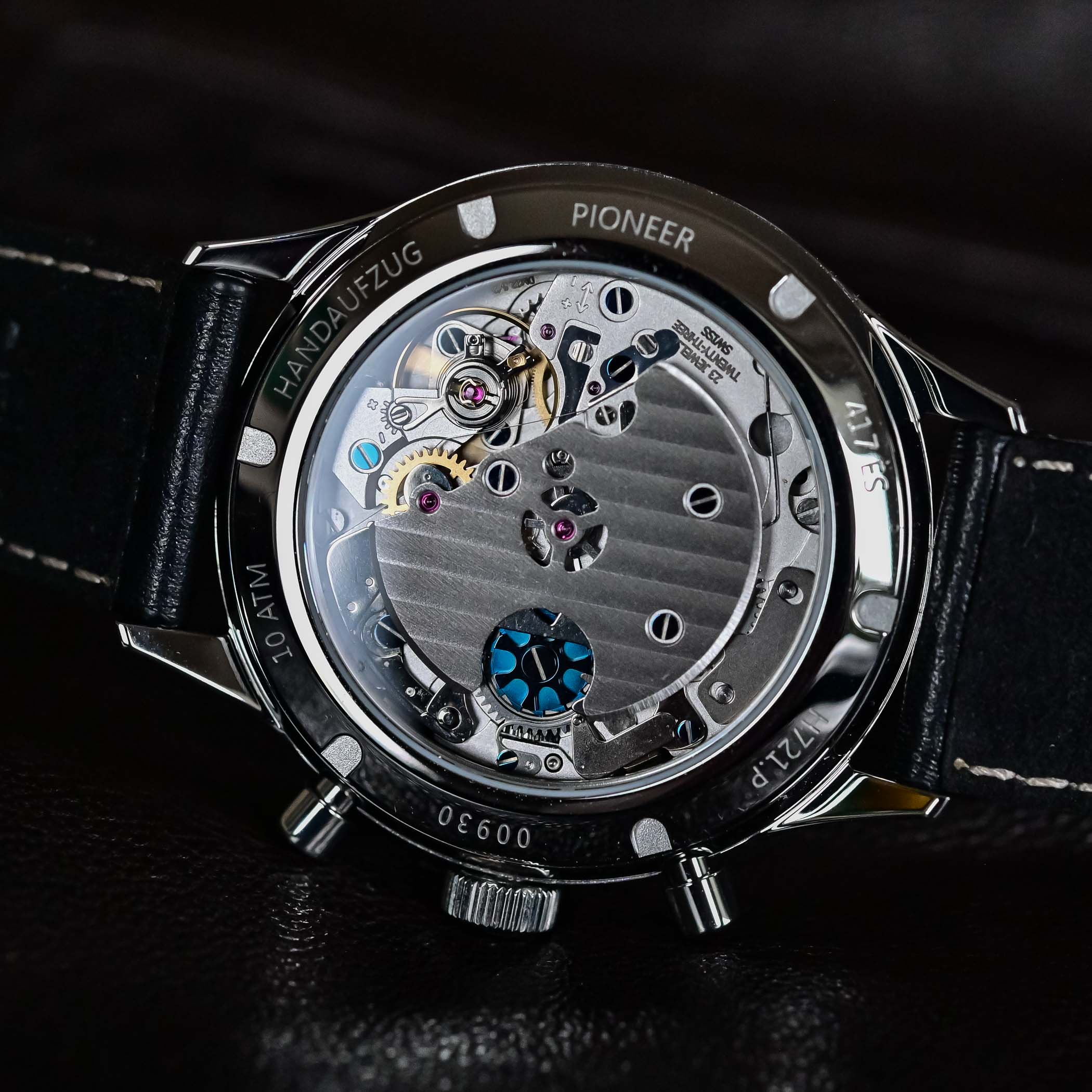



3 responses
I’ve yet to see a hanhart I dislike.
Very tempting!
Too bad the 39 comes with a closed case. Too bad the caliber used isn’t the most decorated variation available.